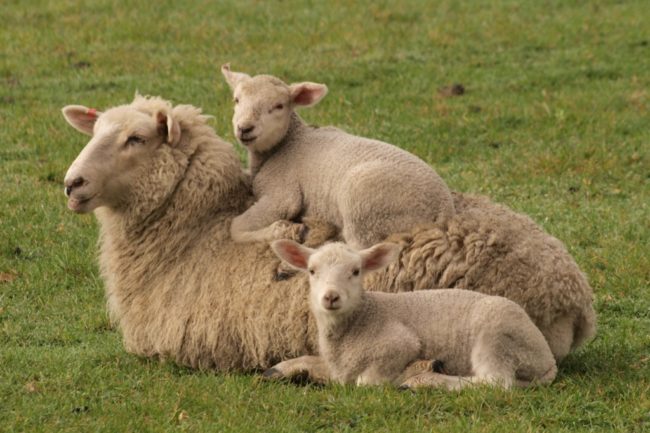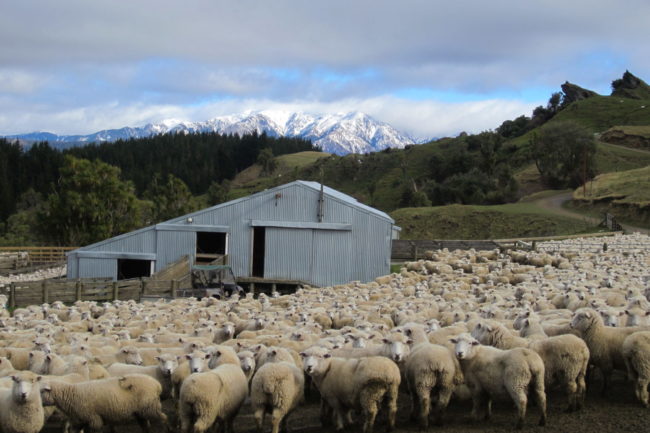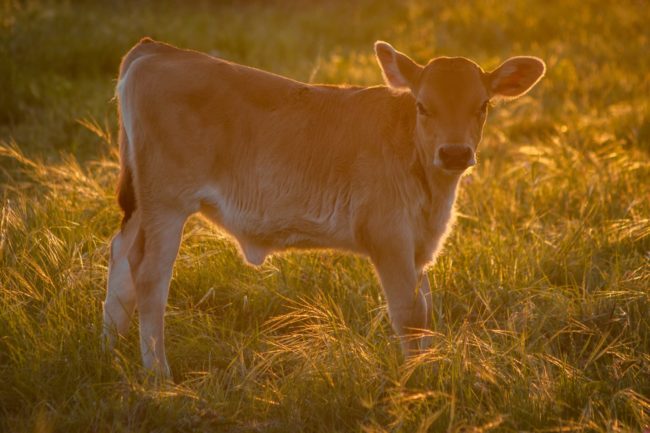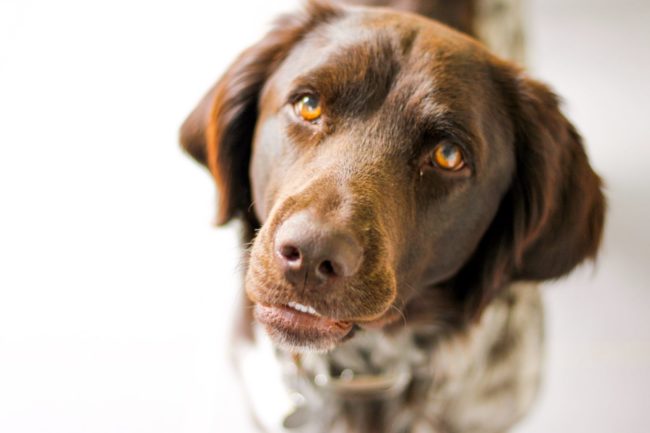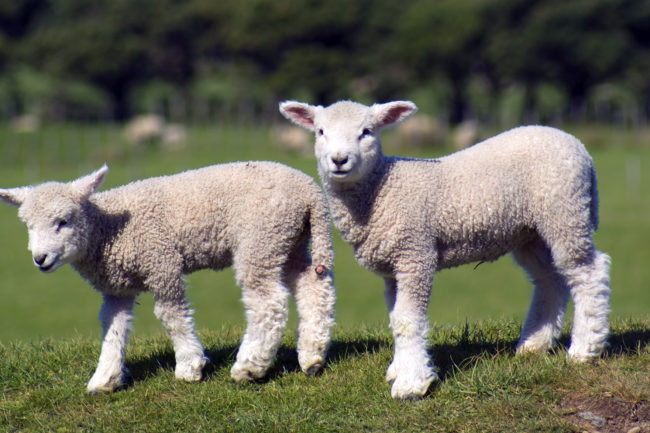Dairy Cow Lameness
Cows are amazingly stoic creatures, hiding their pain well from us. Lameness is one of the ways they will show pain, and most of the time it has stemmed from a foot issue. The corium is the layer of tissue inside the hoof that the hard hoof grows from, and when it becomes damaged it…
Details


